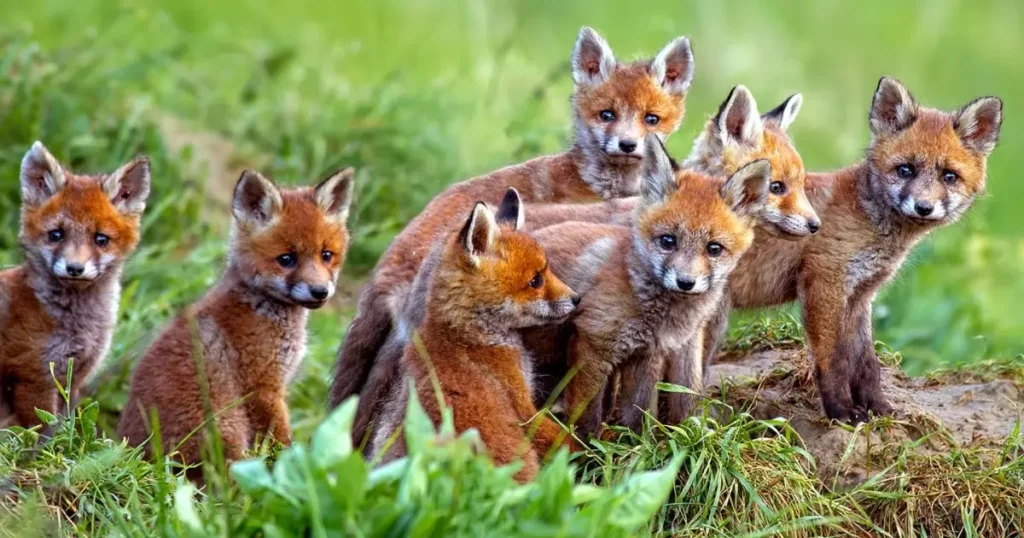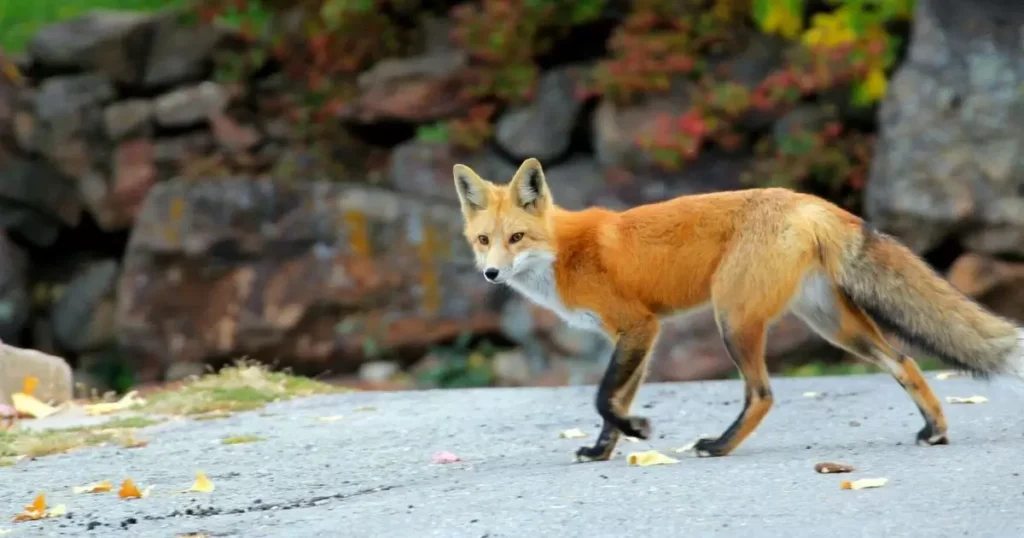Foxes are intriguing and adaptable mammals known for their cunning behavior and bushy tails. While they are often solitary hunters, foxes can also form groups, particularly during the breeding season or when hunting in packs.
This article explores the collective nouns used to describe groups of foxes, providing insights into their social dynamics and behaviors.
What Are Collective Nouns?
Collective nouns are words used to describe a group of individuals or things as a single entity. These nouns can refer to groups of people, animals, objects, and more. For example, a group of lions is called a “pride,” while a group of fish is known as a “school.”
Collective nouns offer a unique and descriptive way to represent groups, enriching our language with specific terms that capture the essence of collective entities.
Best Collective Nouns For Foxes
- A skulk of foxes
- A leash of foxes
- A troop of foxes
- A earth of foxes
- A charm of foxes
- A congregation of foxes
- A leash of foxes
- A reynard of foxes
- A lead of foxes
- A slyness of foxes
Collective Nouns List
A Skulk of Foxes
A skulk of foxes refers to a group of these creatures, often associated with their secretive and elusive nature.
Example Scenario
In the dim light of dawn, a skulk of foxes emerged from their dens, their cautious movements masked by the shadows of the forest.

A Leash of Foxes
A leash of foxes suggests a group of these animals moving together, as if controlled by a leash.
Example Scenario
Through the fields, a leash of foxes trotted in single file, their tails held high as they searched for prey.
A Troop of Foxes
A troop of foxes implies a more organized group of these creatures, perhaps engaged in hunting or territorial activities.
Example Scenario
In the meadow, a troop of foxes patrolled the boundaries of their territory, their sharp yips echoing in the stillness of the night.
An Earth of Foxes
An earth of foxes describes a group of these animals inhabiting a shared den or burrow system.
Example Scenario
Underneath the old oak tree, an earth of foxes snuggled together in their cozy den, the warmth of their bodies warding off the chill of the night.
What Are The Collective Nouns for “Seahorses”
A Charm of Foxes
A charm of foxes suggests a group of these creatures, perhaps admired for their beauty or enchanting presence.
Example Scenario
Amidst the golden leaves of autumn, a charm of foxes frolicked, their playful antics a delight to behold.
A Congregation of Foxes
A congregation of foxes refers to a gathering of these animals, often observed during the breeding season or around plentiful food sources.
Example Scenario
By the riverside, a congregation of foxes gathered, their keen senses attuned to the movements of potential prey.
A Leash of Foxes
A leash of foxes suggests a group of these animals moving together, as if controlled by a leash.
Example Scenario
Across the moorland, a leash of foxes traversed the terrain, their agile bodies weaving through the heather with grace and speed.
A Reynard of Foxes
A reynard of foxes is an archaic term referring to a group of these creatures, often associated with male foxes.
Example Scenario
In the moonlit forest, a reynard of foxes prowled, their sleek forms blending seamlessly with the shadows as they hunted for food.
A Lead of Foxes
A lead of foxes suggests a group of these animals, perhaps led by a dominant individual or matriarch.
Example Scenario
Through the snowy landscape, a lead of foxes followed their alpha female, her keen leadership guiding them to their next meal.

A Slyness of Foxes
A slyness of foxes refers to a group of these creatures, evoking their cunning and clever nature.
Example Scenario
In the moonlit glade, a slyness of foxes plotted their next move, their wily minds devising strategies to outsmart their prey.
Interesting Facts About Foxes
- Foxes belong to the family Canidae, which also includes wolves, coyotes, and domestic dogs.
- There are 37 species of foxes found worldwide, ranging from the diminutive fennec fox of North Africa to the majestic red fox of North America and Eurasia.
- Foxes are highly adaptable animals, capable of thriving in a variety of habitats, including forests, grasslands, deserts, and urban areas.
- These cunning predators have excellent senses of sight, smell, and hearing, allowing them to detect prey from great distances and navigate their surroundings with ease.
- Foxes play important roles in ecosystems as both predators and scavengers, helping to control populations of small mammals and insects while also cleaning up carrion.
Conclusion
Collective nouns provide a colorful and descriptive way to depict groups of foxes, capturing the essence of their behavior and interactions. From a skulk of foxes prowling through the night to a troop of foxes patrolling their territory, these terms evoke images of these cunning and adaptable creatures in their natural habitat.
Understanding and using collective nouns not only enriches our language but also deepens our appreciation for the diversity and complexity of the animal kingdom. Through these terms, we gain insight into the behaviors and dynamics of groups of foxes, highlighting the significance of collective nouns in describing groups of objects.

I’m Olivia Martinez, the educational mind behind “English WRAP Up.” I’ve had a blast teaching and grading English tests like TOEFL, IELTS, BULATS, FCE, CAE, and PTEG. At English WRAP Up, we’re dedicated to turning your exam preparation into a success story. Let’s make your English skills shine—join me in the educational journey at English WRAP Up!



